iPhone 6S price frozen despite cost of new features
Analysts question profitability of new phone as doubts emerge about demand and production cost
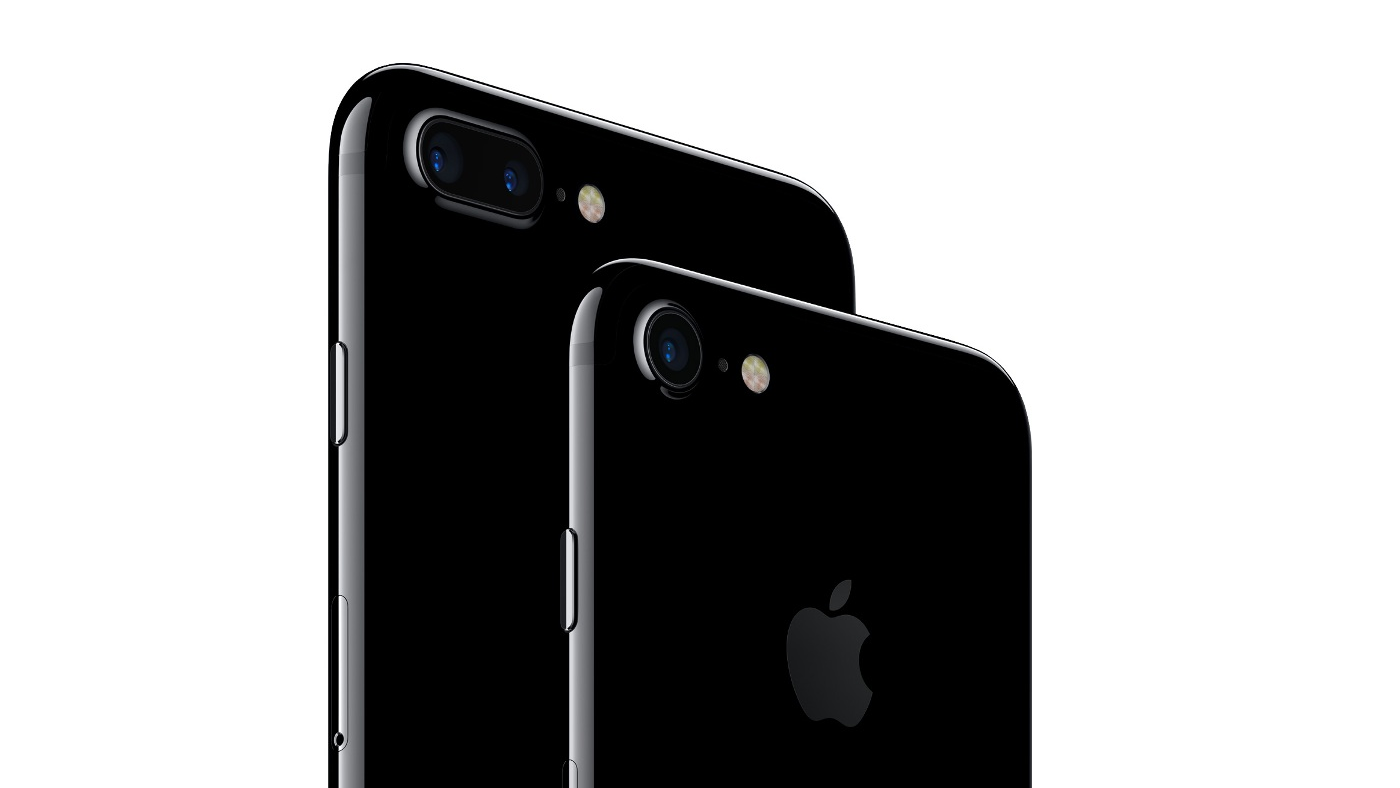
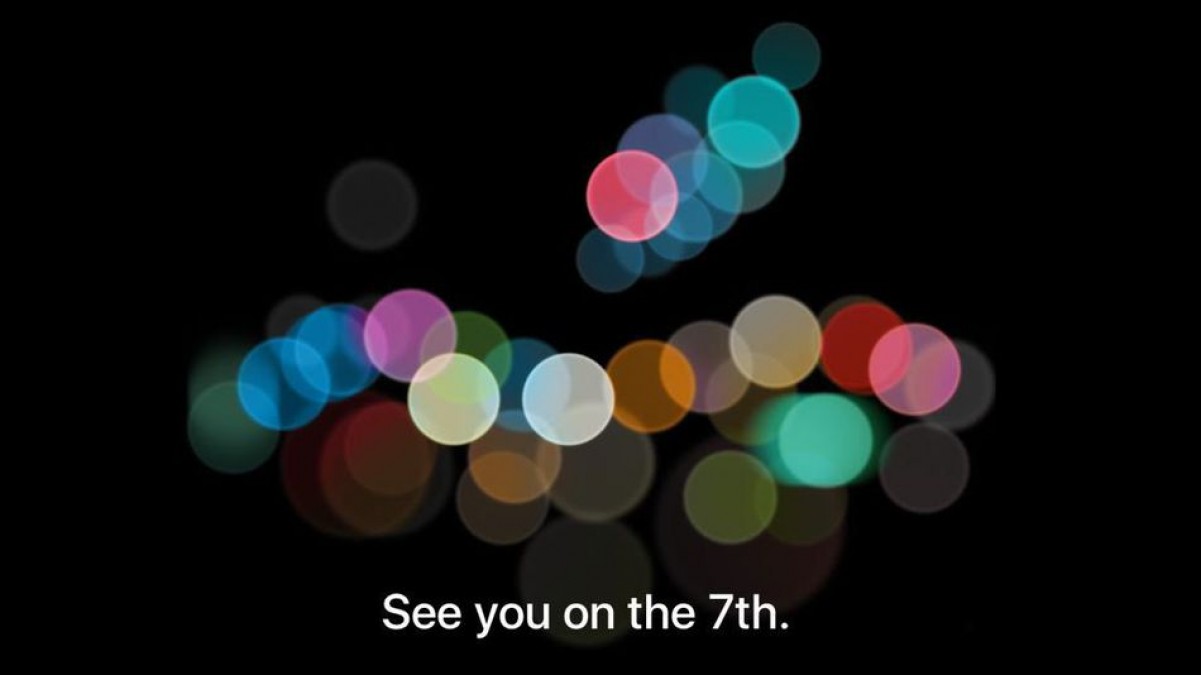
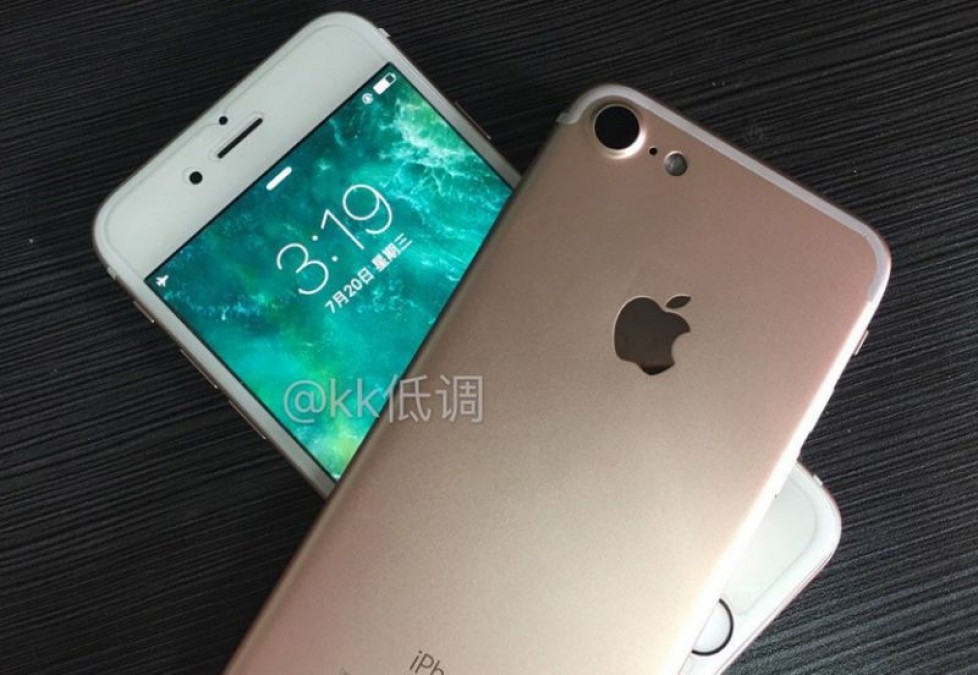
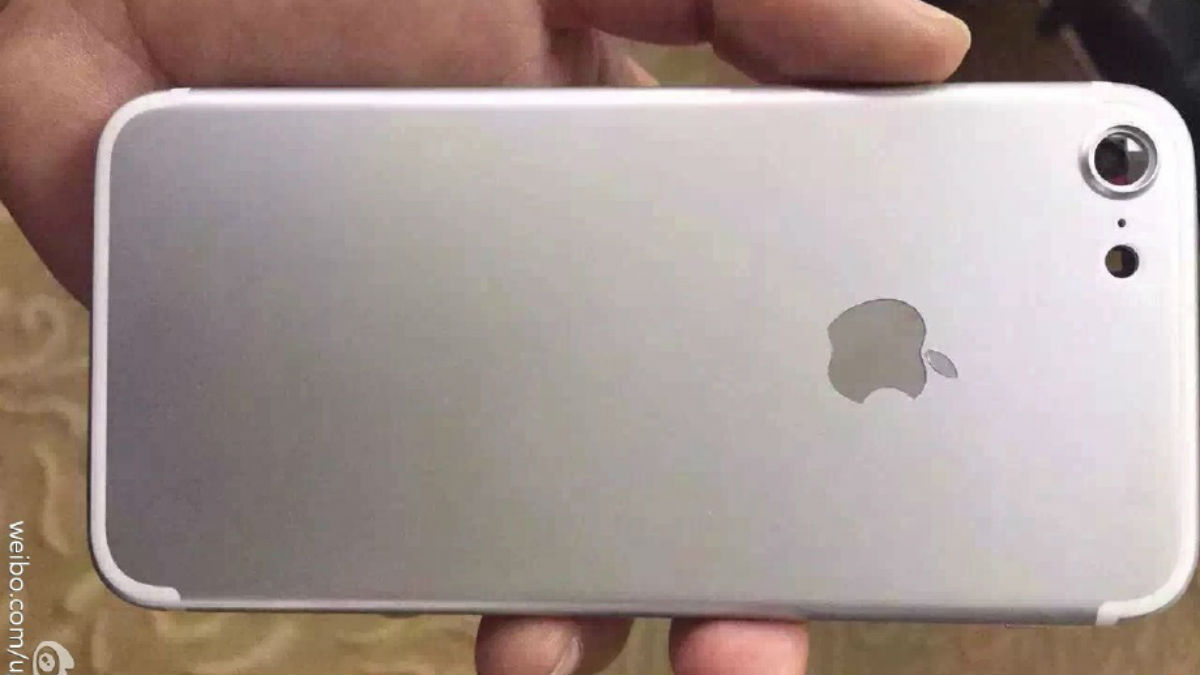
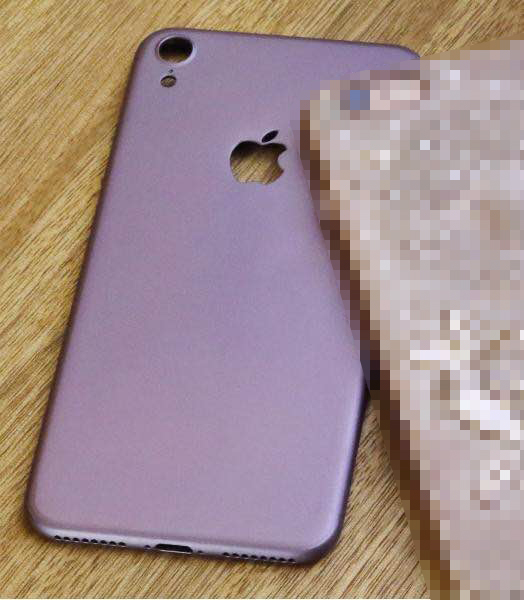
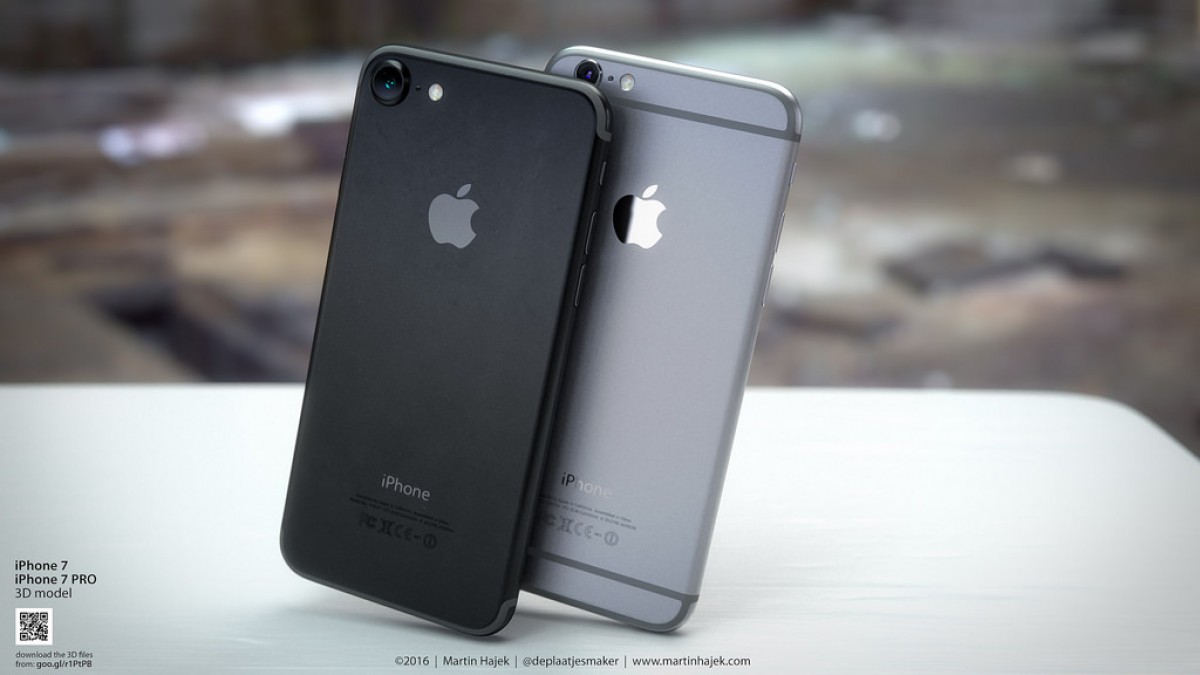
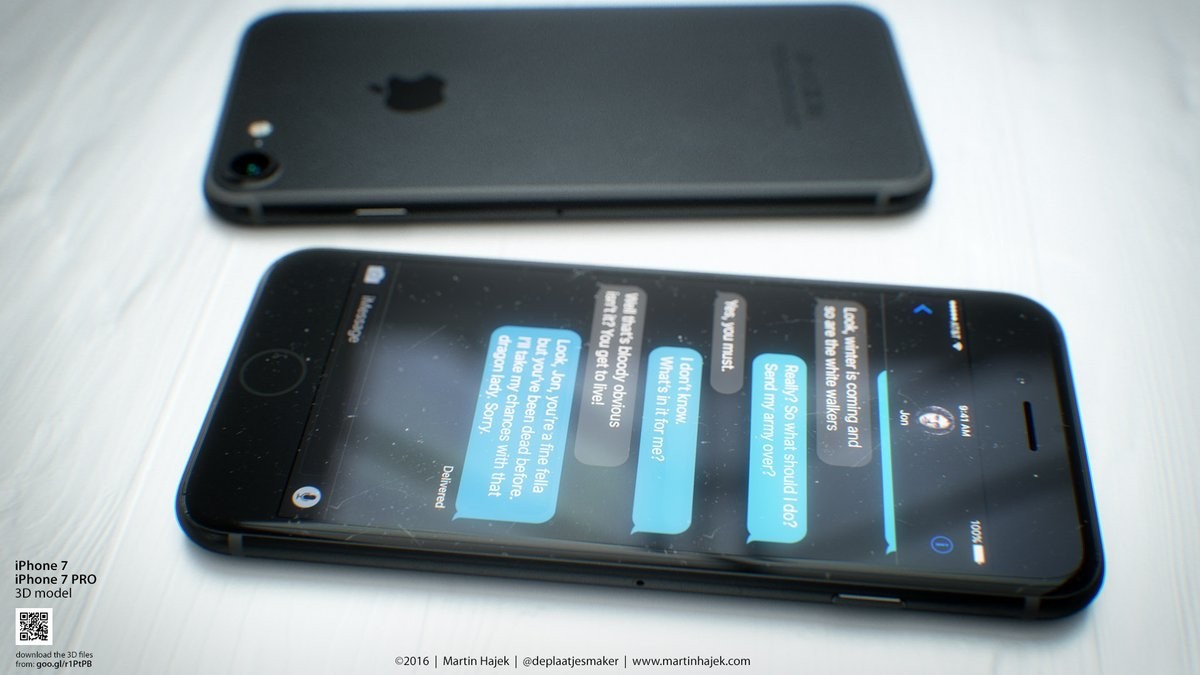
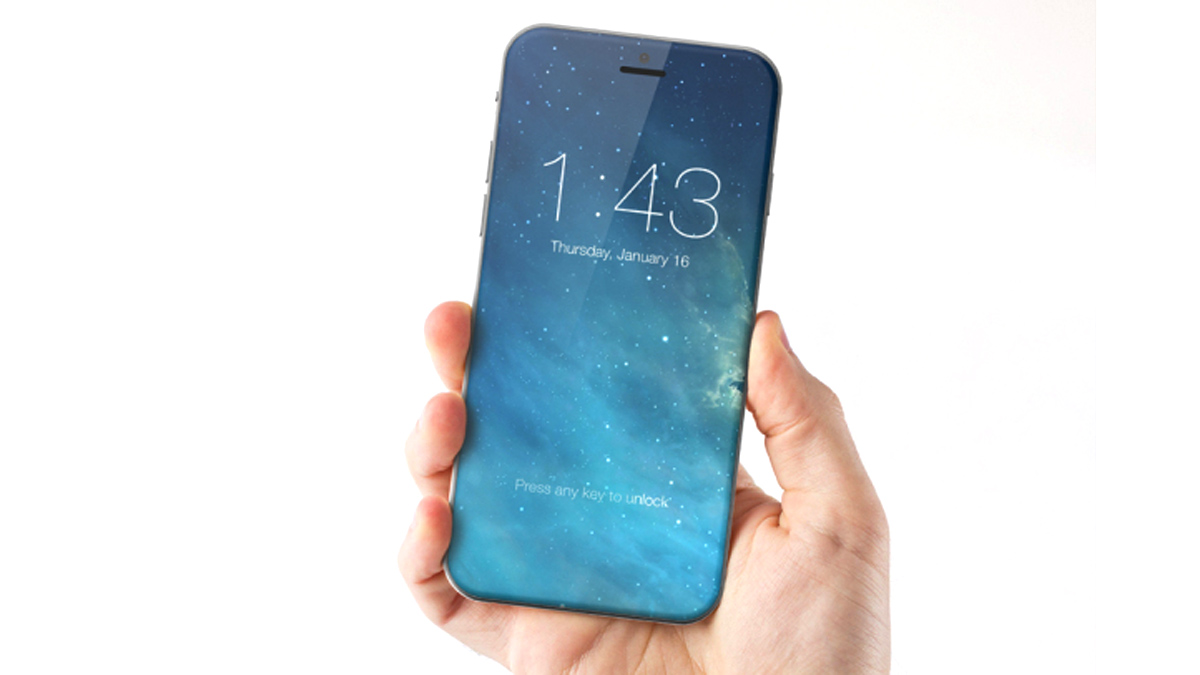

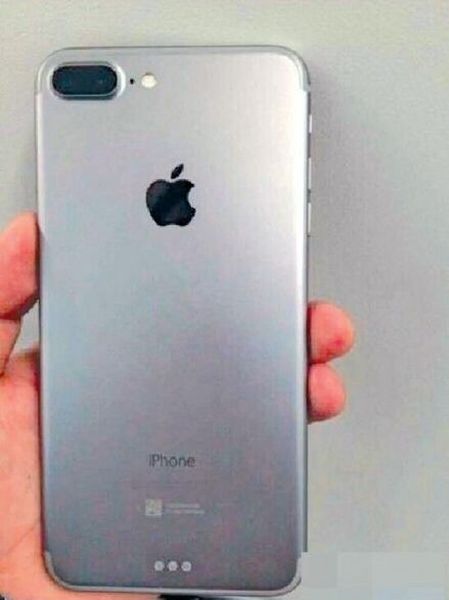
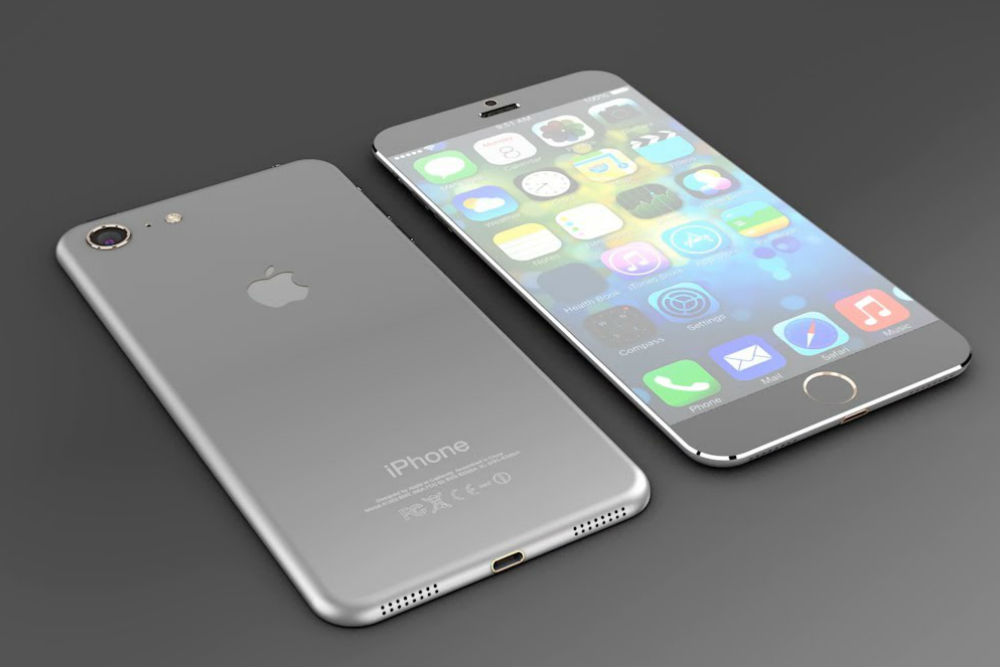
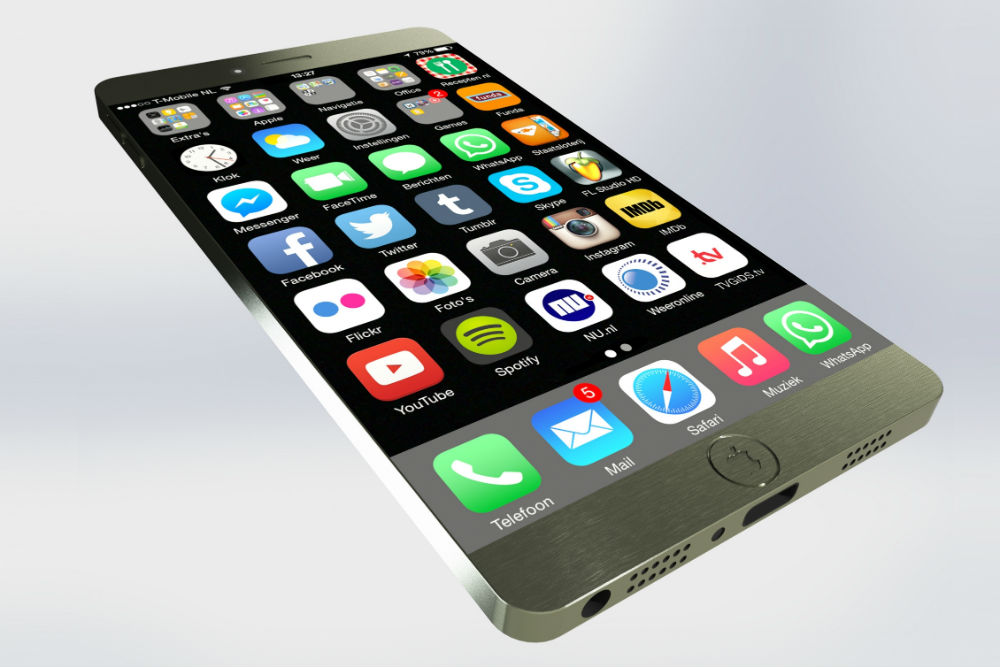
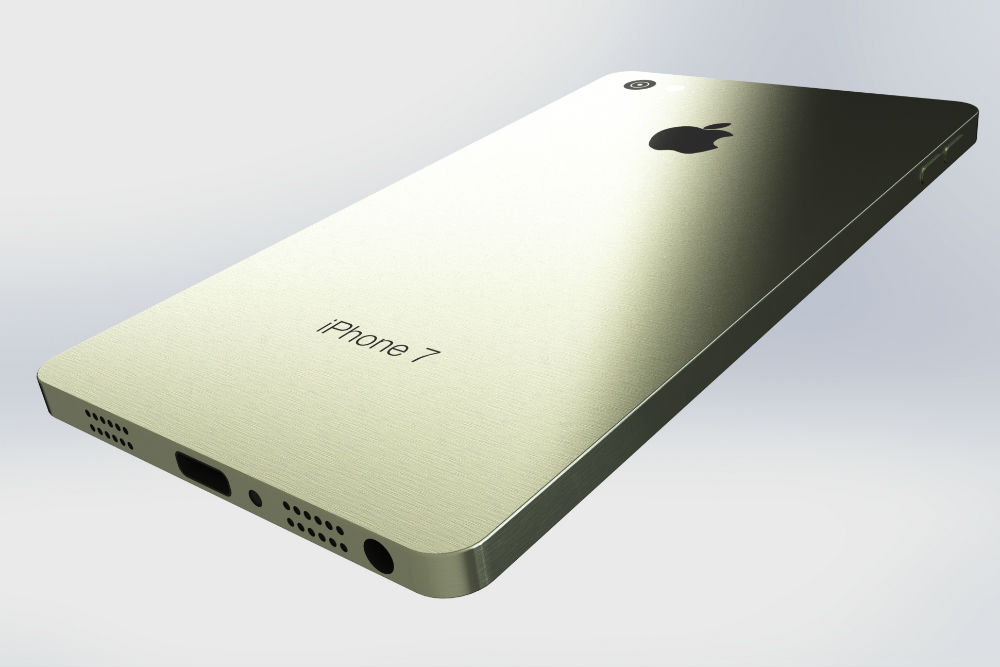

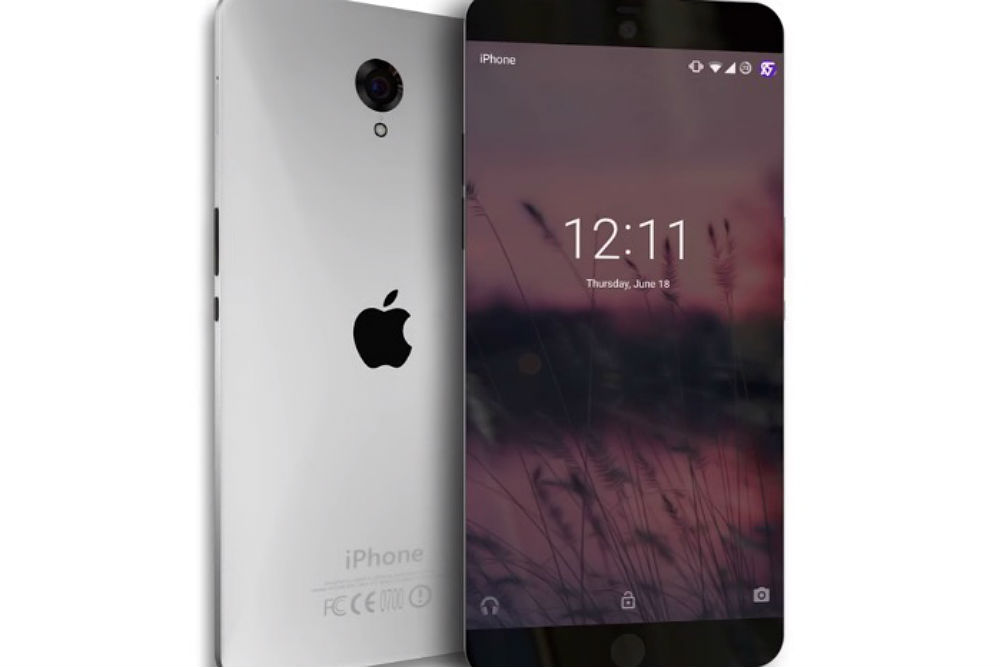
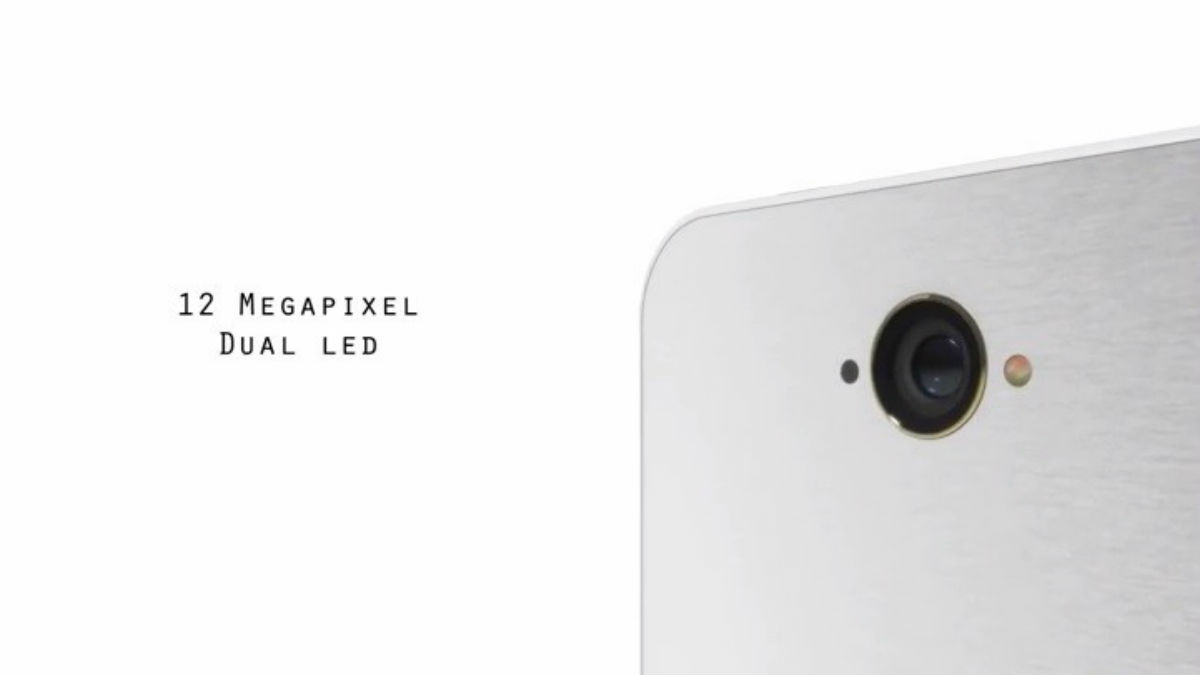
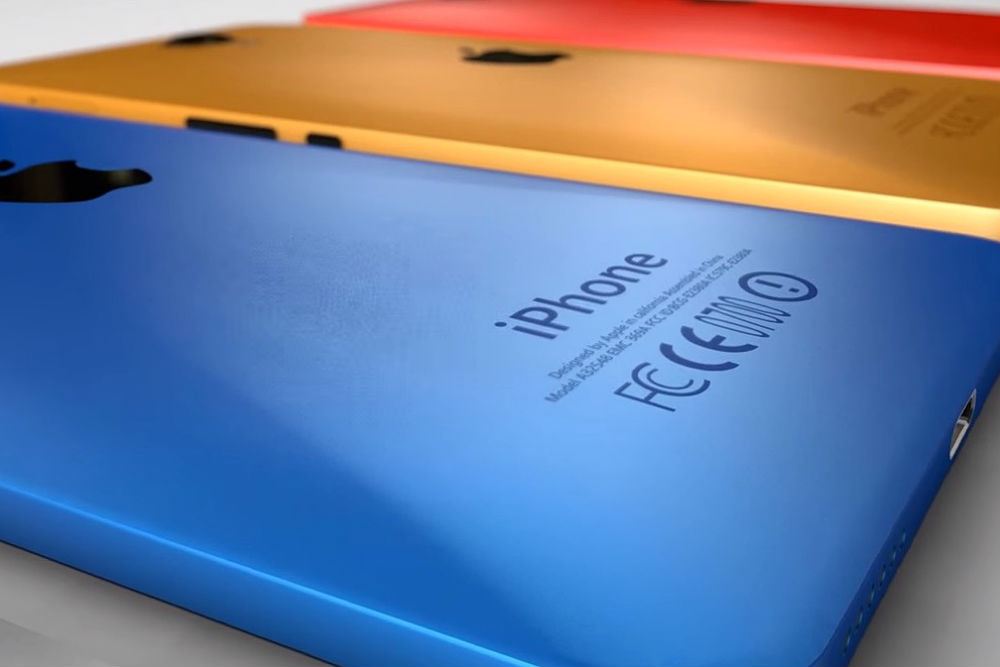
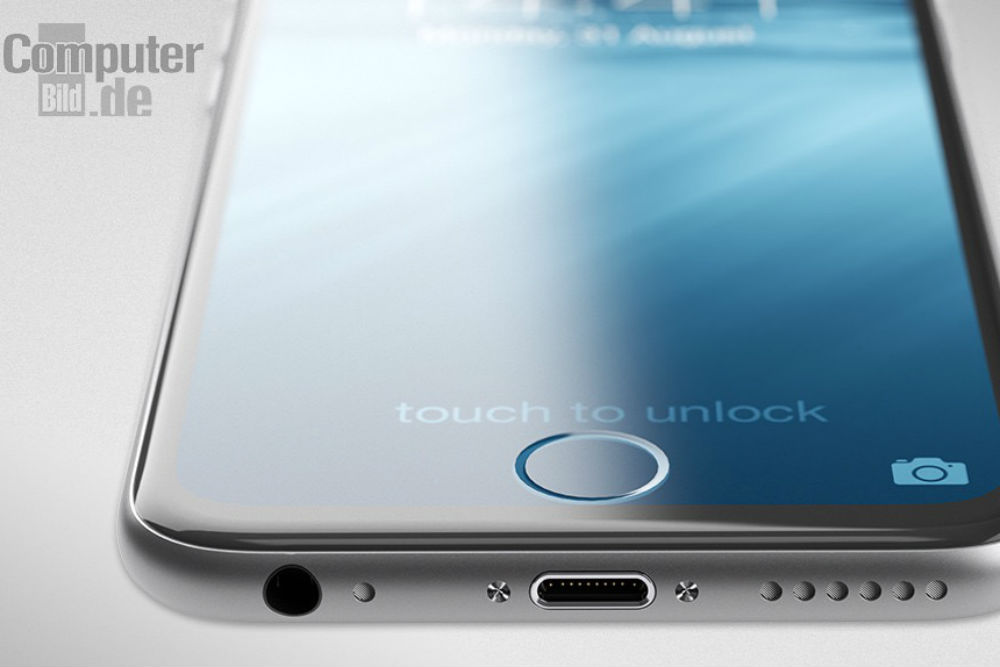
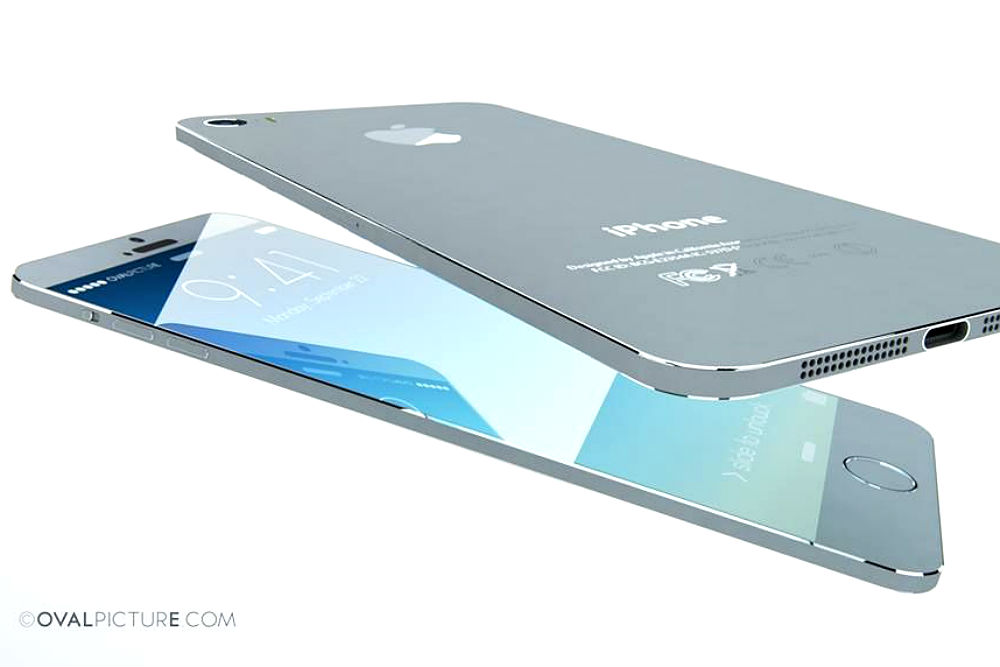
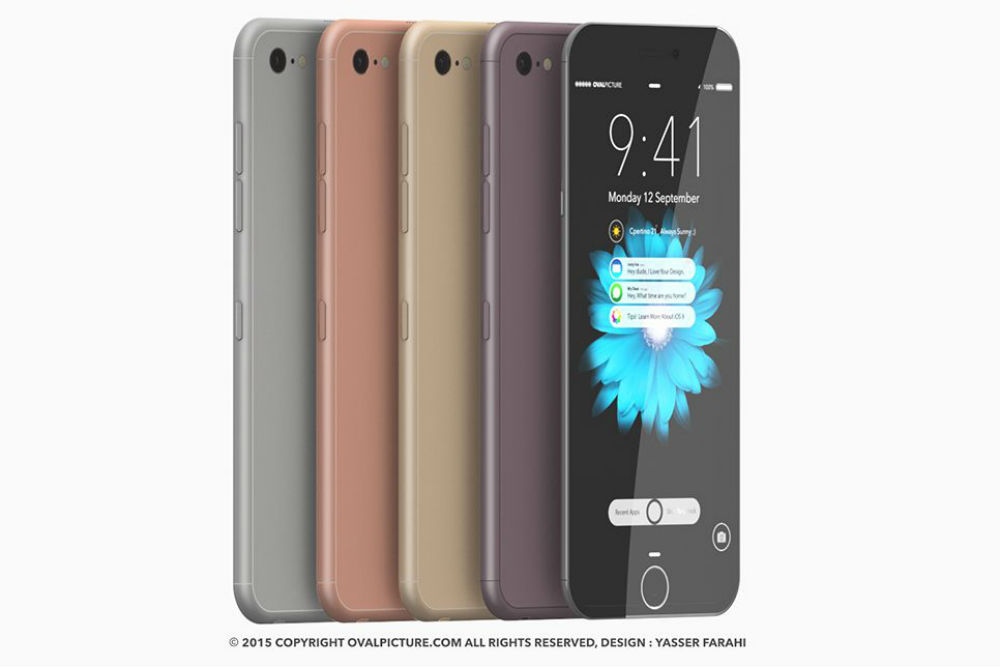
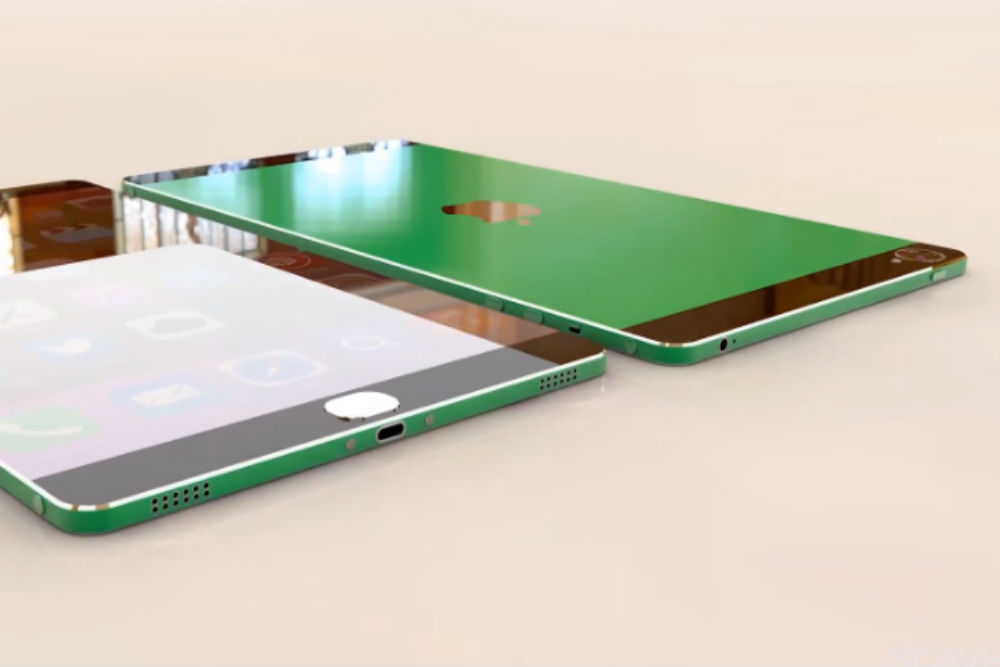
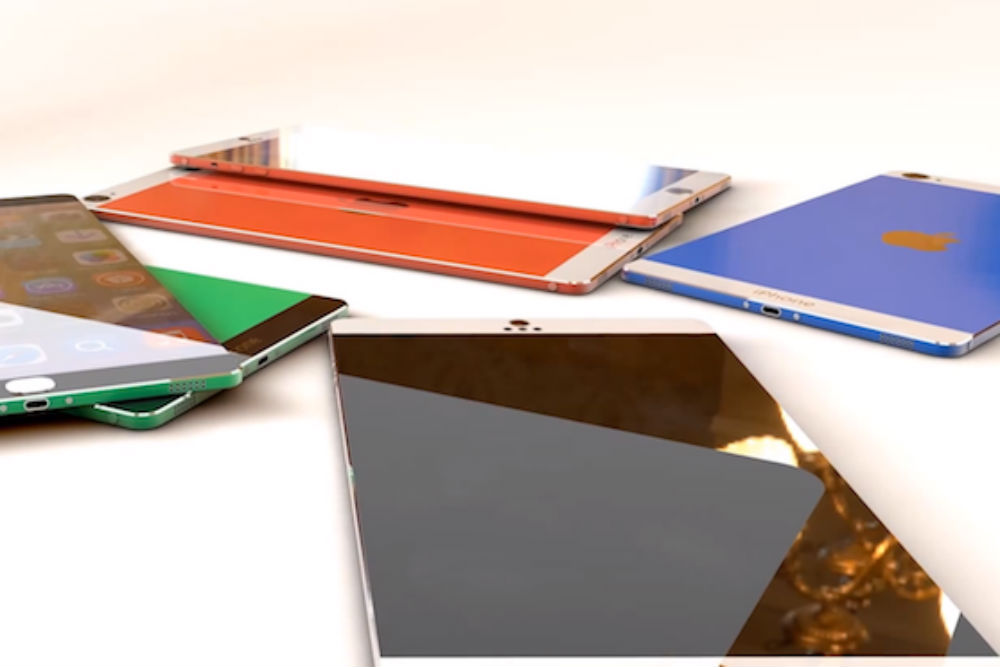
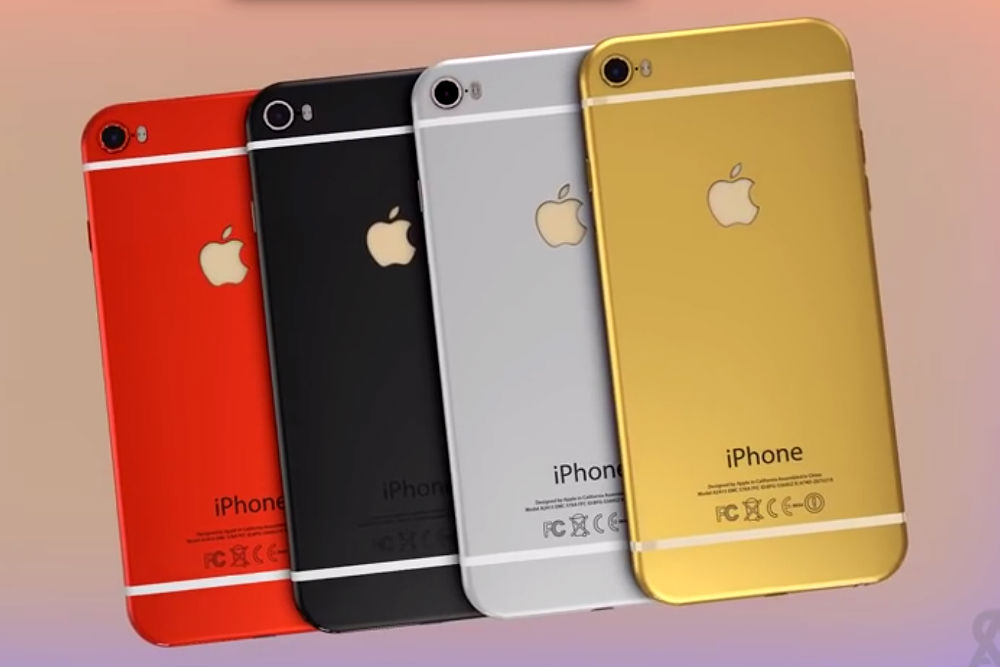
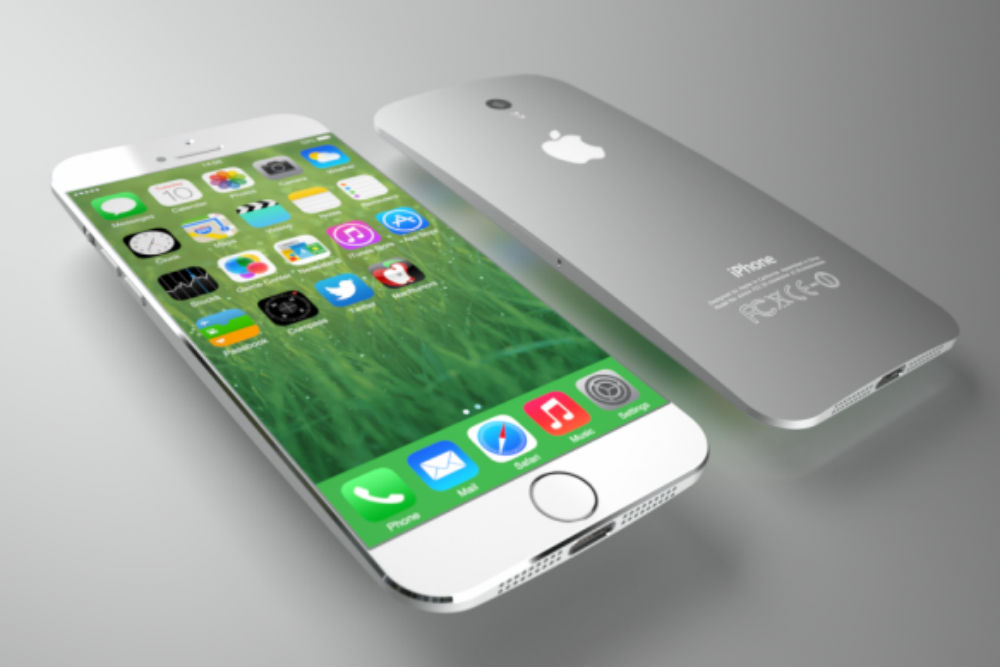

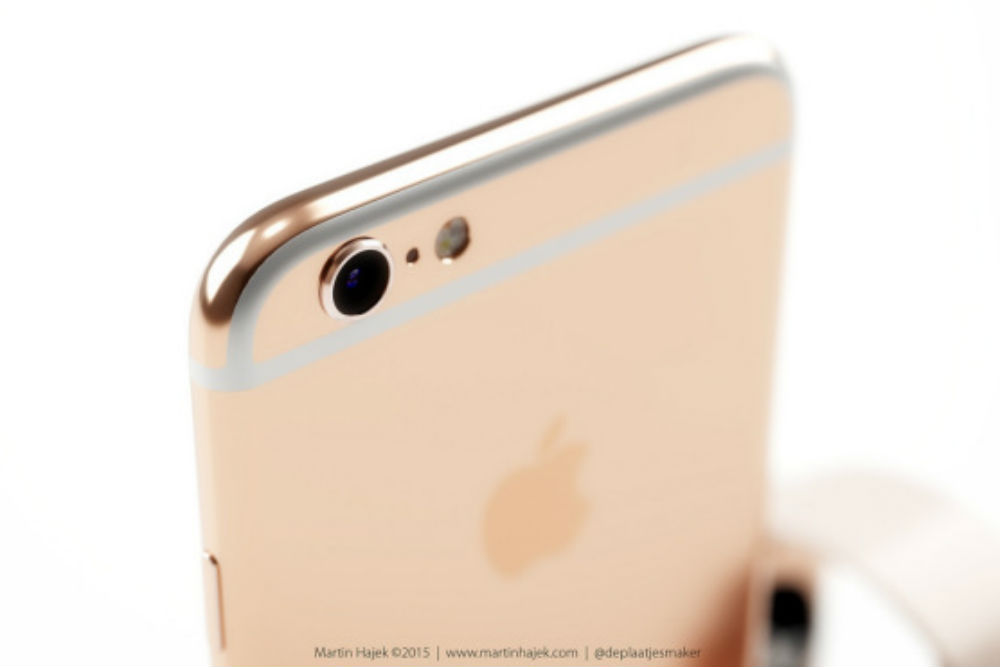
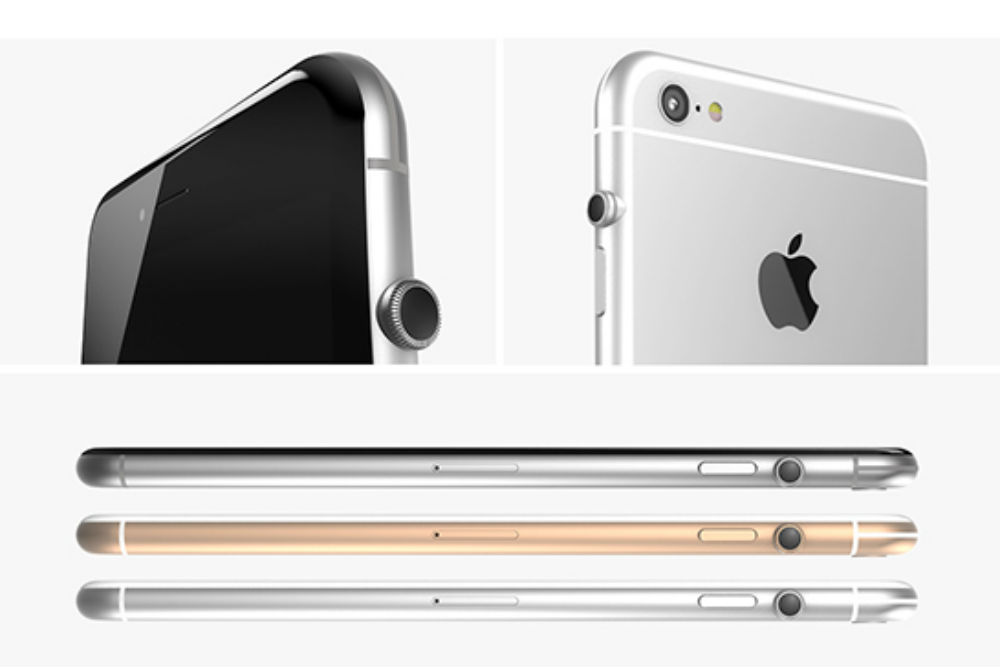

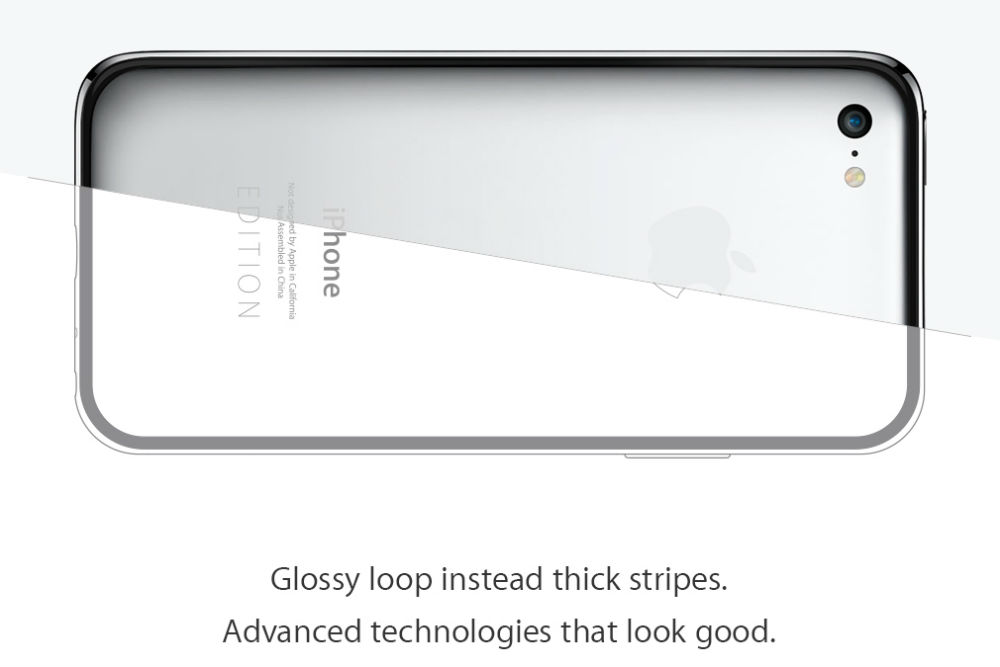
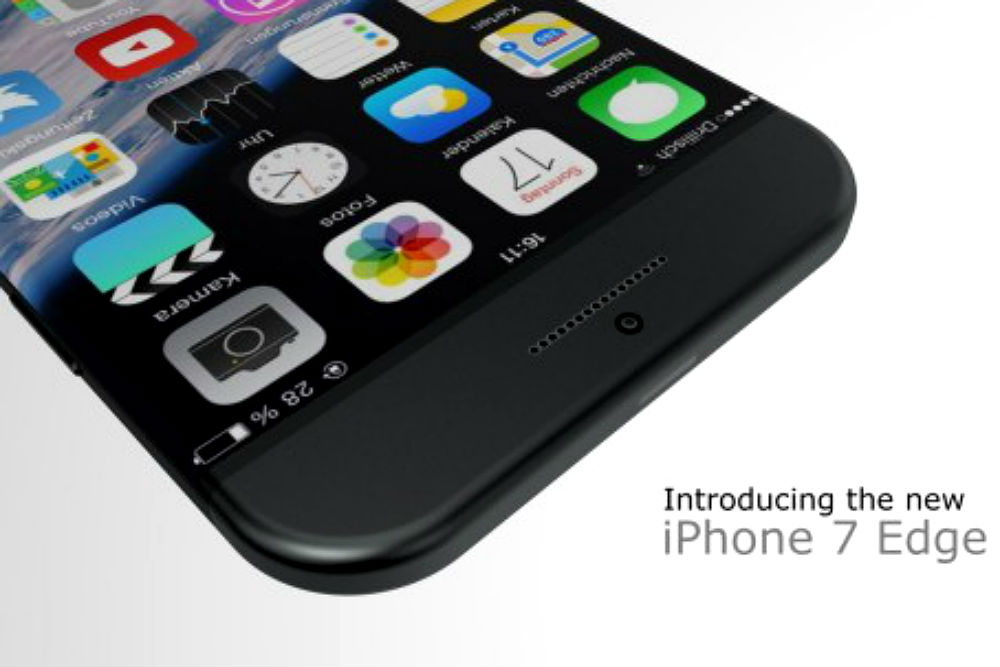
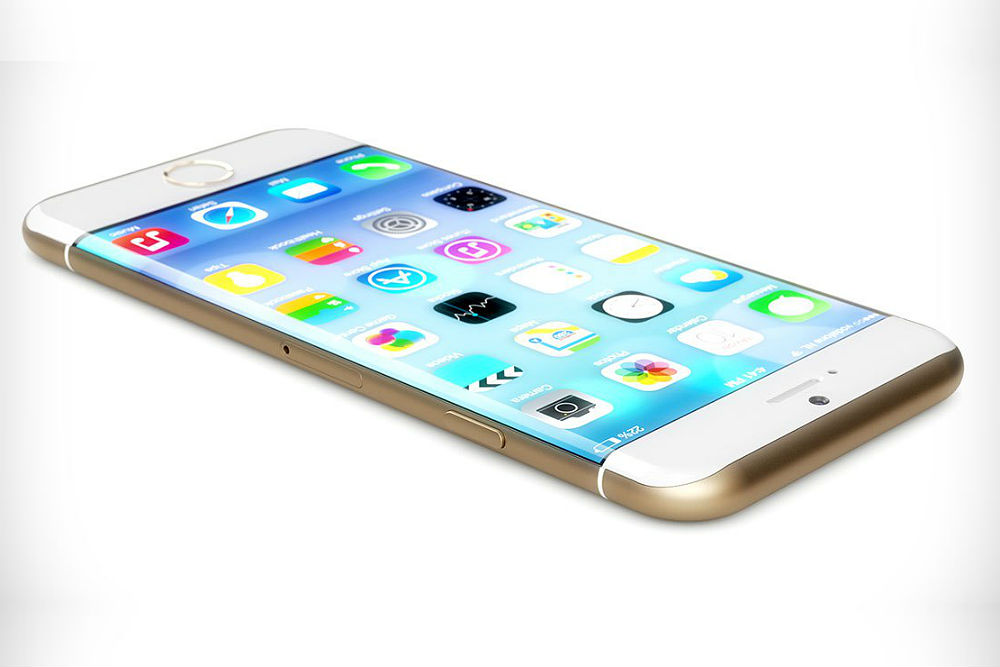
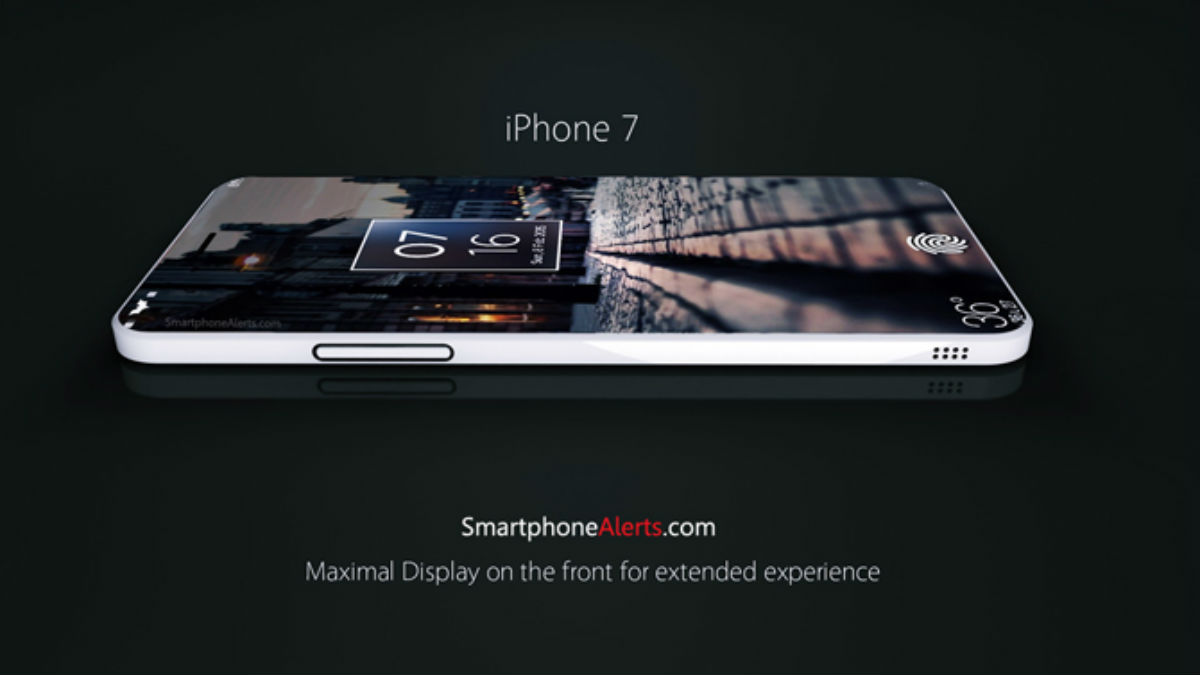
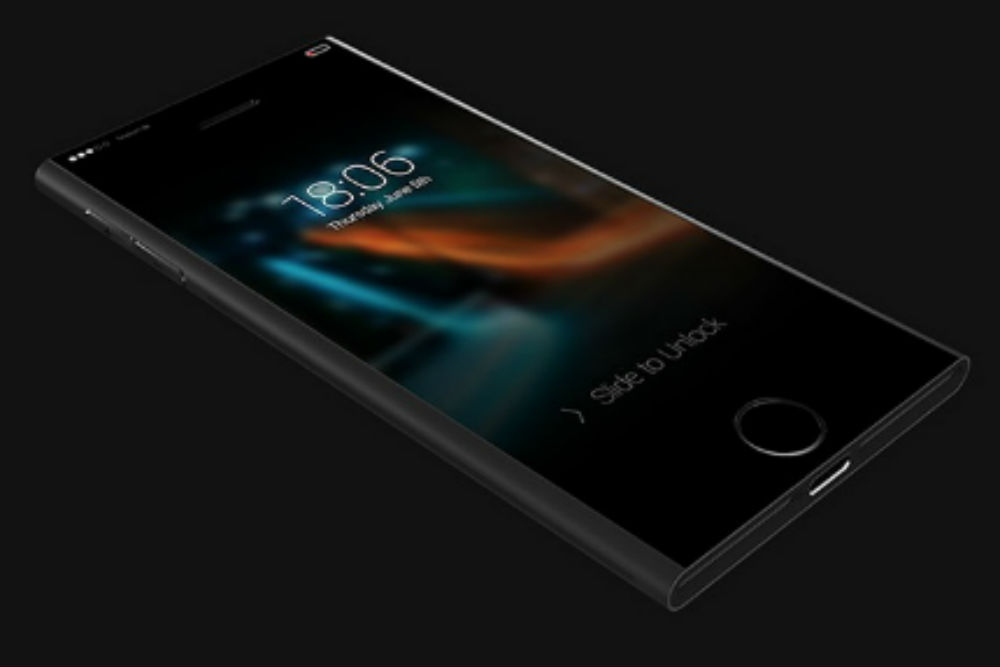
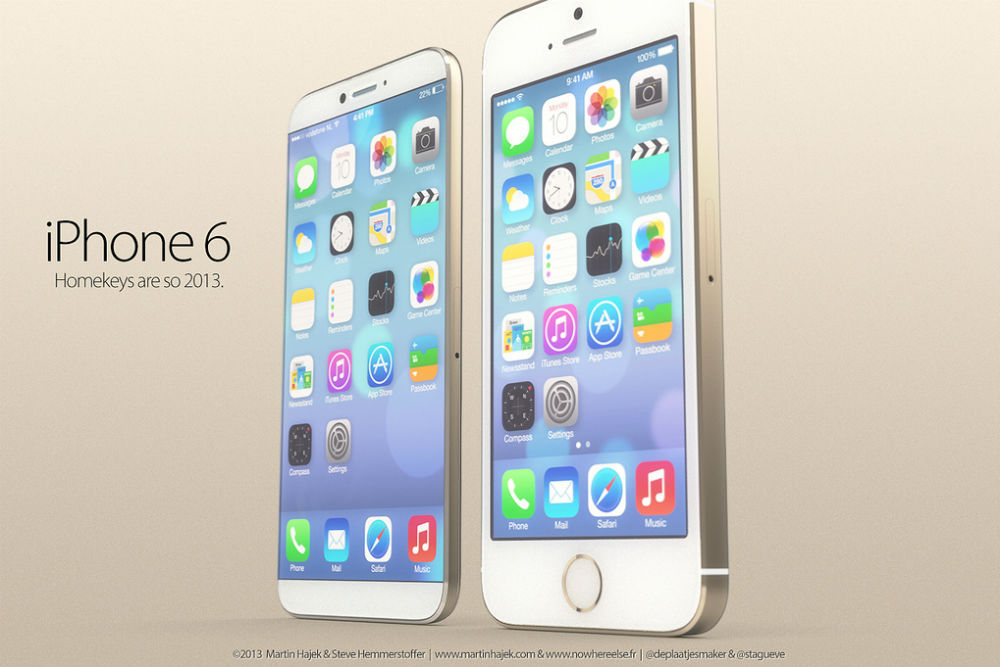
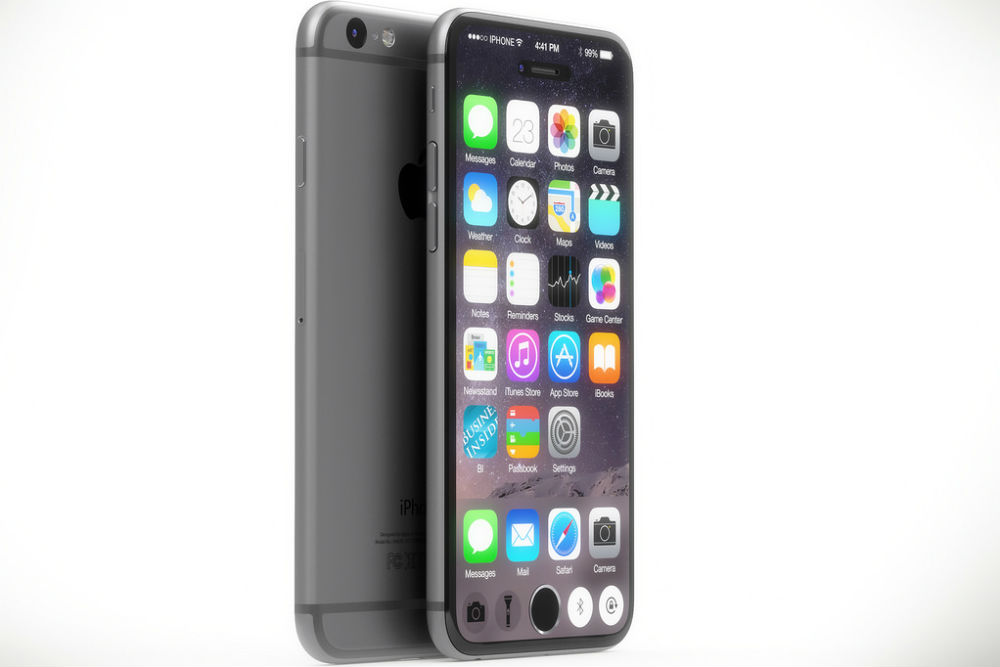
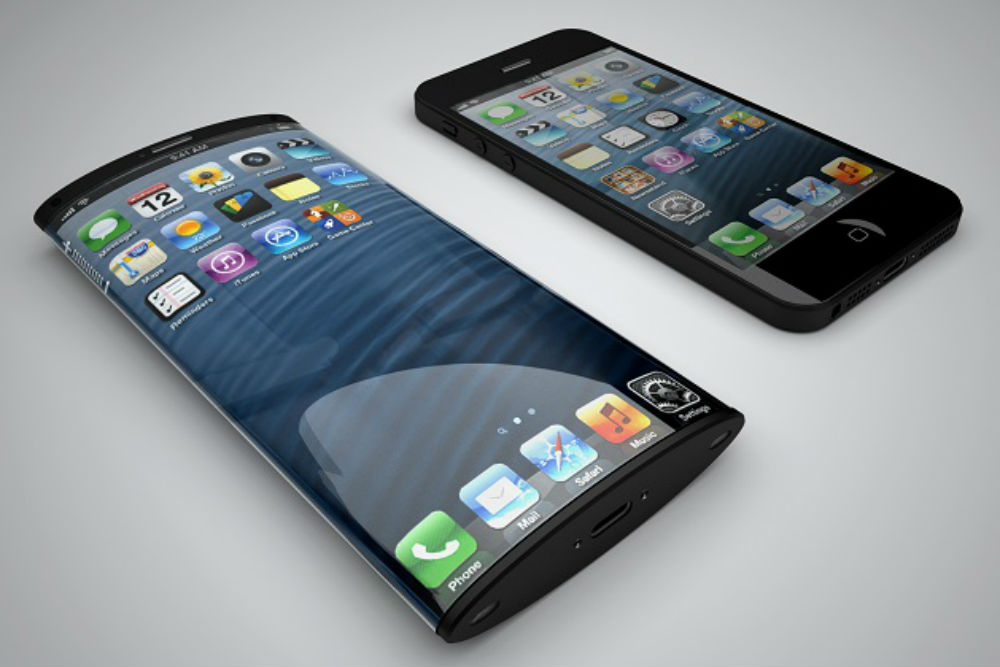

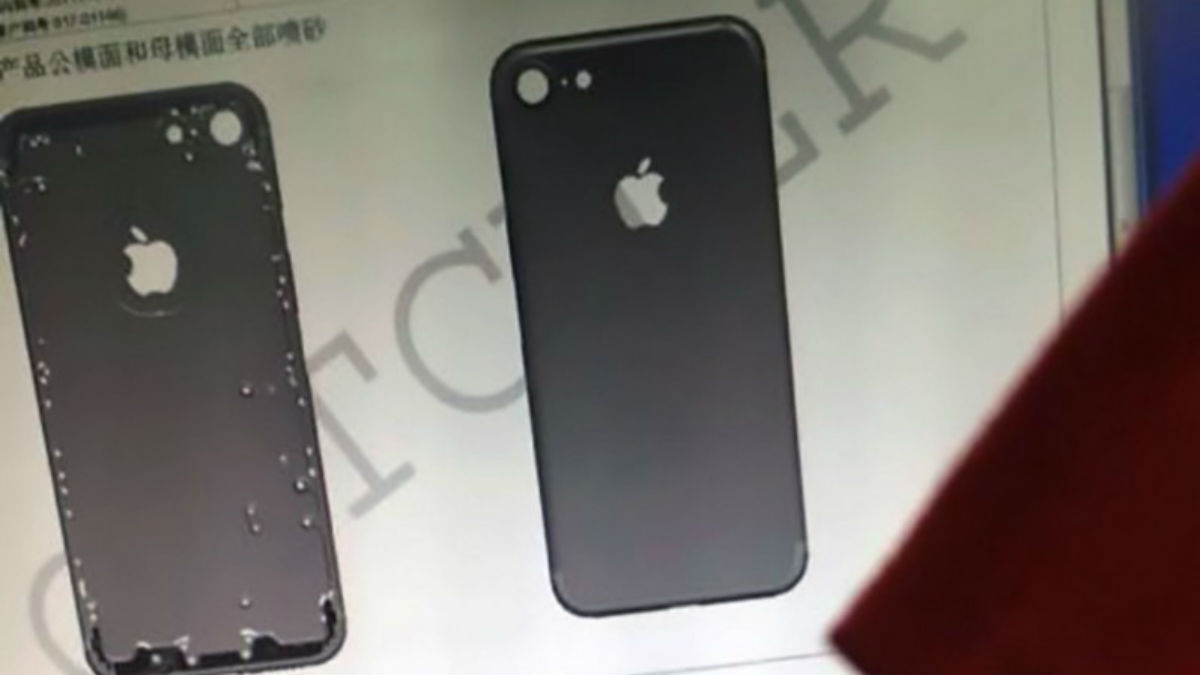



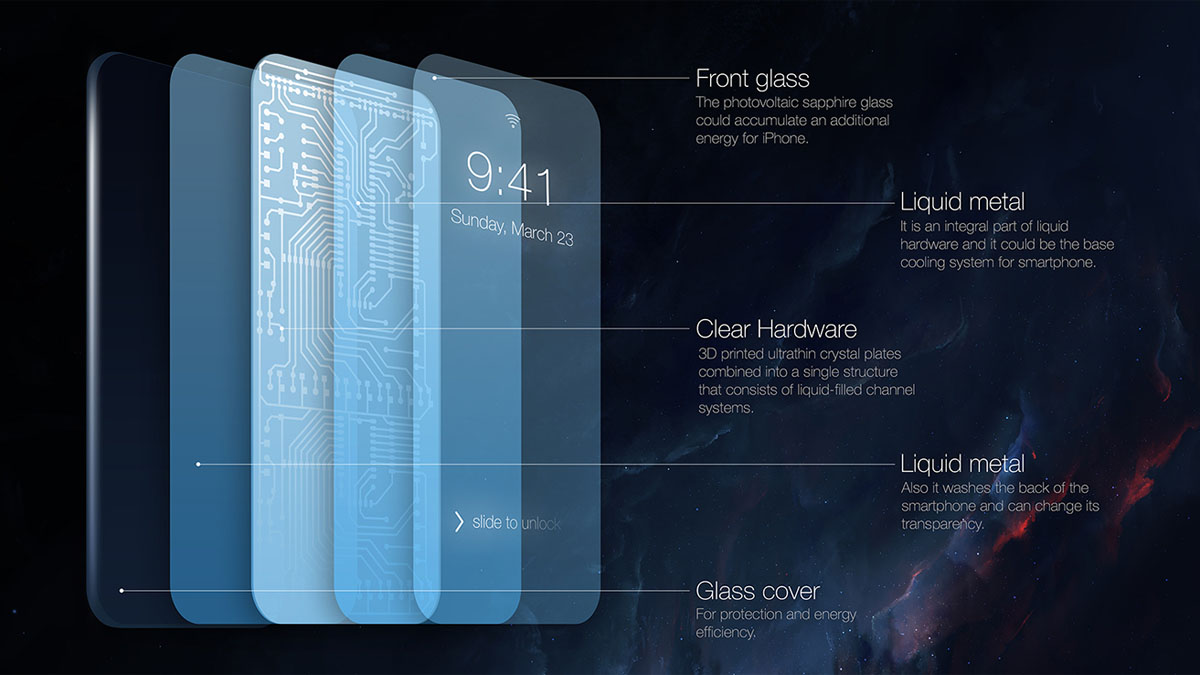

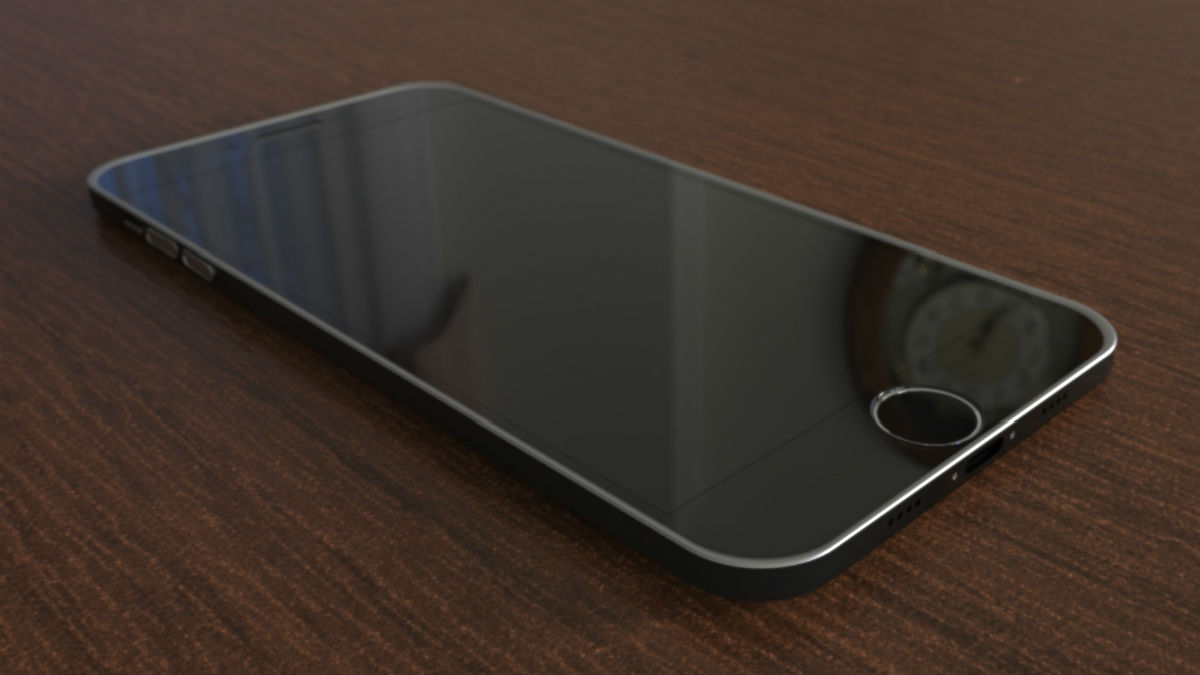

Apple will make less money on each iPhone 6S it sells, according to research which claims that the new phone is more expensive to build than its predecessor.
Doubts about the profitability of the new iPhone have been compounded by the emergence of conflicting signals about demand for the latest iPhone. While the company has said that it's on course to beat last year's record, independent reports suggest that interest in the iPhone 6S and 6S Plus is comparatively weak.
"Early evidence is suggesting demand for the iPhone 6S may be meaningfully lower than last year's model, according to a top-ranked technology analyst," says CNBC.
The Week
Escape your echo chamber. Get the facts behind the news, plus analysis from multiple perspectives.

Sign up for The Week's Free Newsletters
From our morning news briefing to a weekly Good News Newsletter, get the best of The Week delivered directly to your inbox.
From our morning news briefing to a weekly Good News Newsletter, get the best of The Week delivered directly to your inbox.
The report is based on work by Andy Hargreaves of Pacific Crest, "one of the top analysts on Wall Street", according to CNBC. He has analysed the quantity of devices already shipped, the volume of searches for "iPhone 6S" on Google and information collected by independent surveyors.
According to Hargreaves, the number of people searching for the term "iPhone 6S" after the launch of the new phone was 75 per cent below search volumes for the iPhone 6 last year. It was also below the numbers seen searching for the iPhone 5S in 2013.
Although many have questioned Hargreaves' analytical techniques, his work has drawn attention to the lack of specific detail provided by Apple and the mobile networks.
Soon after launch, Apple said it was on course to beat last year's first-weekend sales record of ten million units, but it has not released actual numbers.
A free daily email with the biggest news stories of the day – and the best features from TheWeek.com
Before the iPhone 6S was unveiled on 9 September, many industry commentators had analysts had expressed doubts about the appeal of the new handset, which was said to lack a "killer feature" to drive up demand.
Even so, reports had suggested that Apple was expecting to sell significantly more new iPhones this year than last, so it may be able to make up for the reduced margin with increased volumes. The Wall Street Journal said two months ago that the company had ordered between 85 and 90 million units of the iPhone 6S and 6S Plus to see it through to the end of 2015. Last year, it ordered 75 to 80 million iPhone 6 units for the equivalent period.
One possible explanation for the disparity between Apple's numbers and the level of interest detected by analysts is that Chinese consumers have been able to pre-order new iPhones for the first time this year. That adds a huge number of potential customers to the pre-order market, and would mean that Apple could beat 2014's record opening sales figures even if demand slipped elsewhere.
Initial indications are that this may indeed be what's happening. "Demand is stronger in China than in most regions of the world including the US," says tech news site Recode, based on an analysis of iPhone 6S waiting times given by Apple for various international territories.
Analysts will be particularly keen to see early sales figures in light of the new iPhone's rising cost of production.
The iPhone 6S and 6S Plus will cost the same as the models they replace when they go on sale in the high street this Friday. Apple will therefore accept a reduced profit margin for each new iPhone it sells.
The research, carried out by Bank of America and Merrill Lynch and published by Business Insider, claims that components used to build the 64GB iPhone 6S will cost Apple $234. That compares with $222.8 for the equivalent iPhone 6 and amounts to a rise of just over five per cent.
But investment advice site Motley Fool advises Apple shareholders to keep the faith. Having acknowledged that last year's sales will be hard to beat, and that the iPhone 6S is a less exciting prospect than its predecessor, it nevertheless says that Apple is in a strong position.
"Just because there's less buzz doesn't mean the phones won't sell," the website says. "As of the end of June, only 27% of iPhone users had upgraded to the iPhone 6 or iPhone 6 Plus. That leaves a lot of people with older hardware. Over the next year, many people will become eligible for upgrades, their old phones will break, or they will simply decide they need better hardware."
-
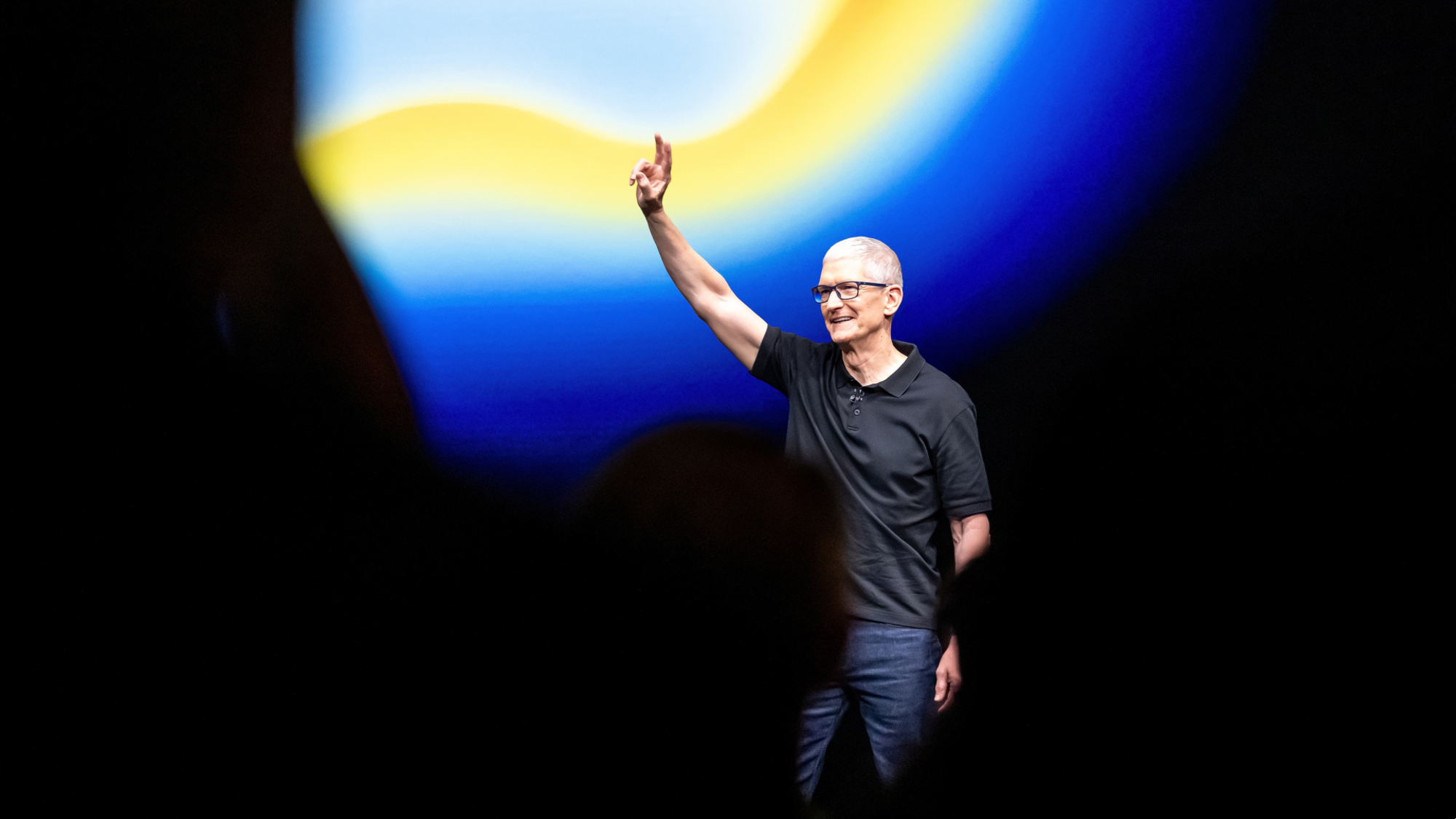 Is Apple’s Tim Cook about to retire?
Is Apple’s Tim Cook about to retire?Today's Big Question A departure could come early next year
-
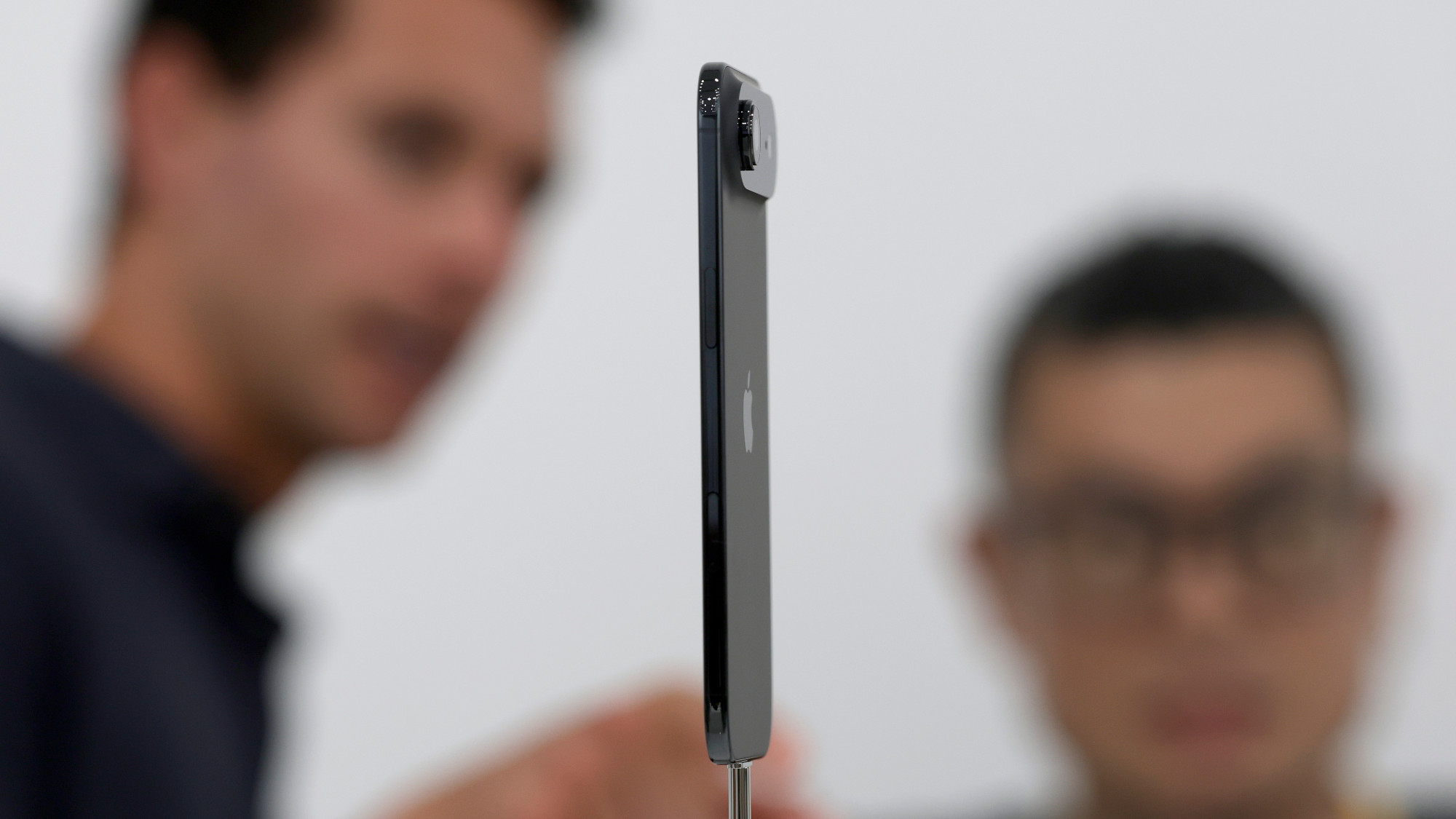 iPhone Air: Thinness comes at a high price
iPhone Air: Thinness comes at a high priceFeature Apple’s new iPhone is its thinnest yet but is it worth the higher price and weaker battery life?
-
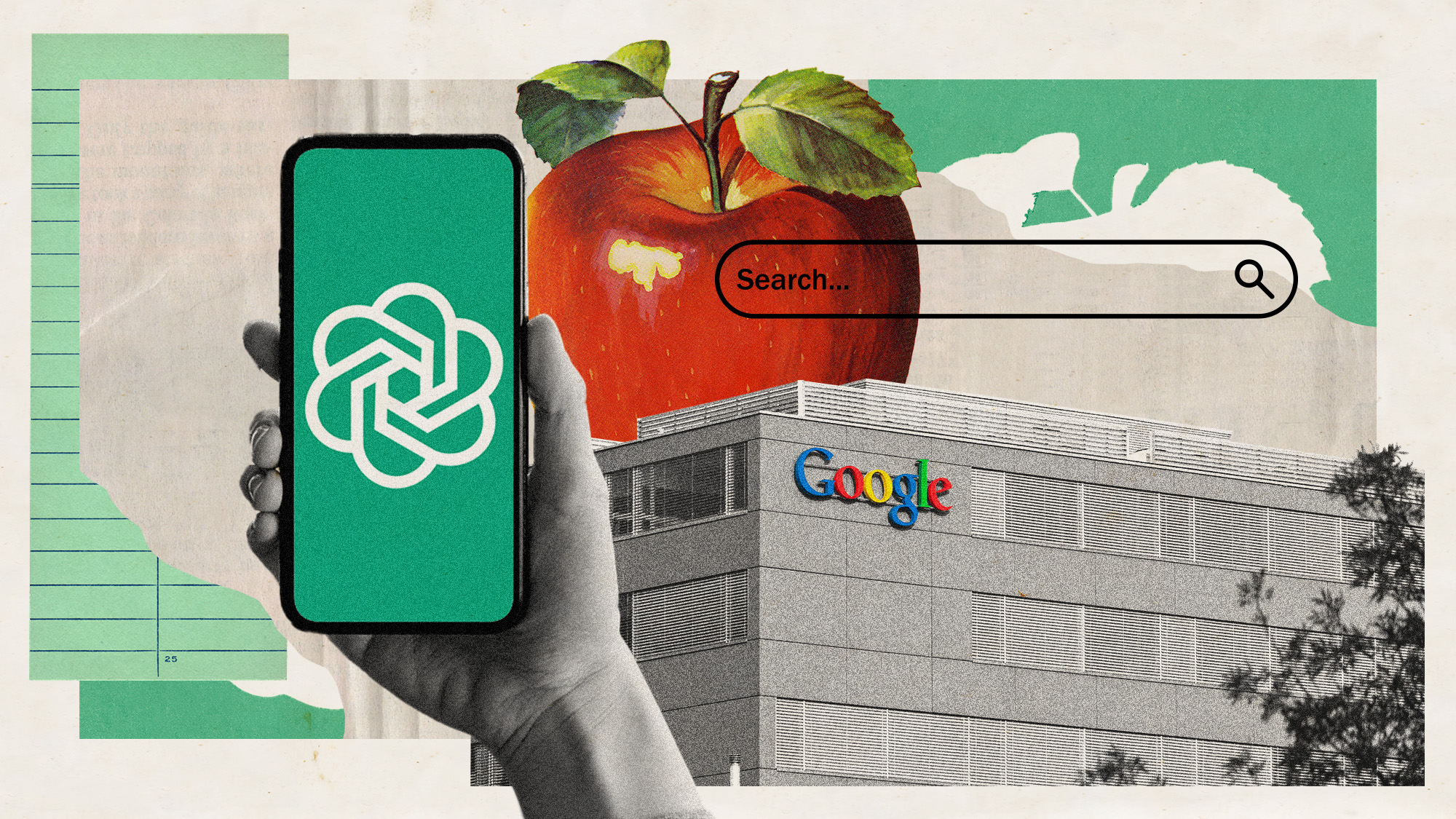 Is Apple breaking up with Google?
Is Apple breaking up with Google?Today's Big Question Google is the default search engine in the Safari browser. The emergence of artificial intelligence could change that.
-
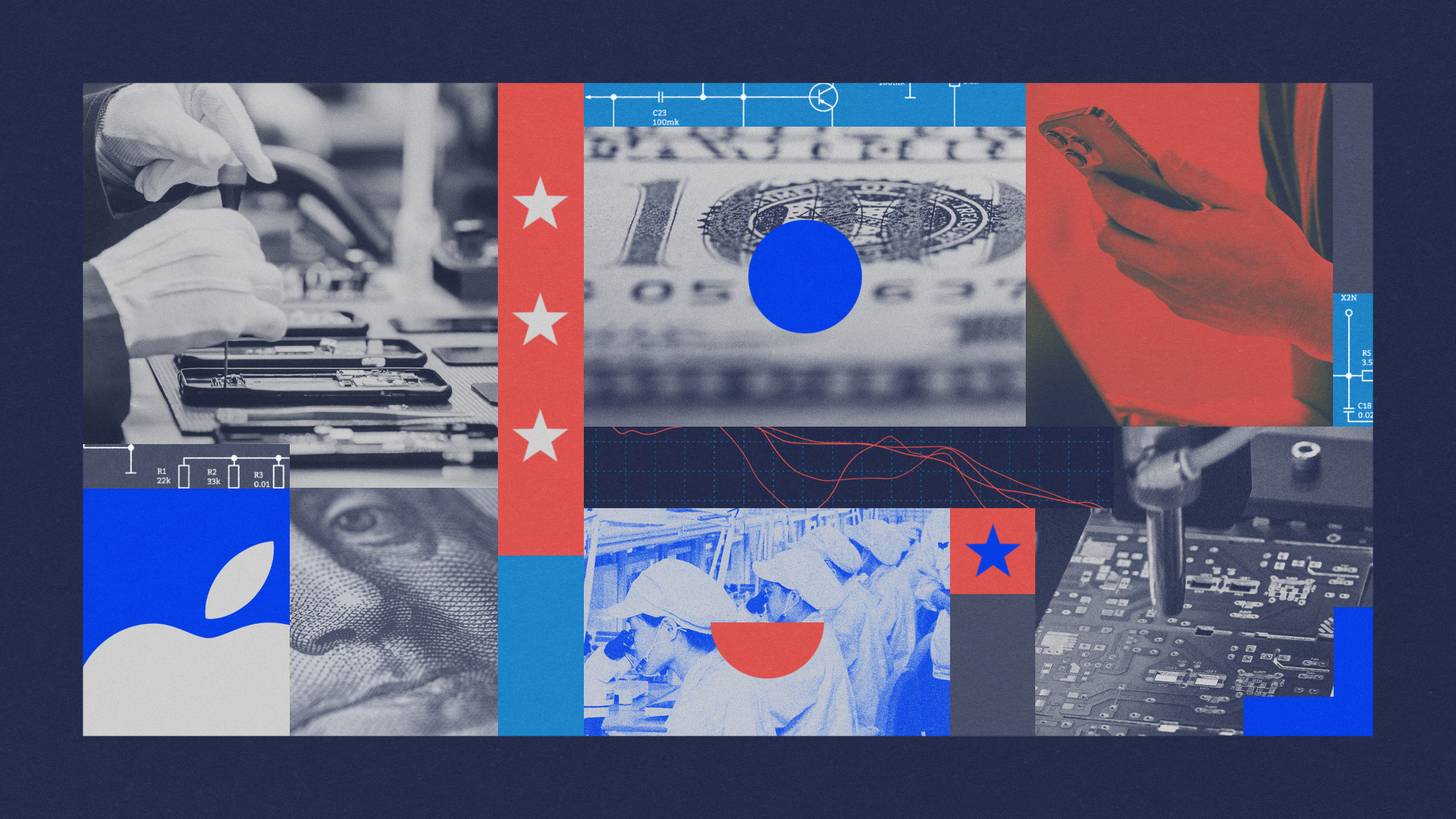 Why won't Apple make iPhones in America?
Why won't Apple make iPhones in America?Today's Big Question Trump offers a reprieve on tariffs, for now
-
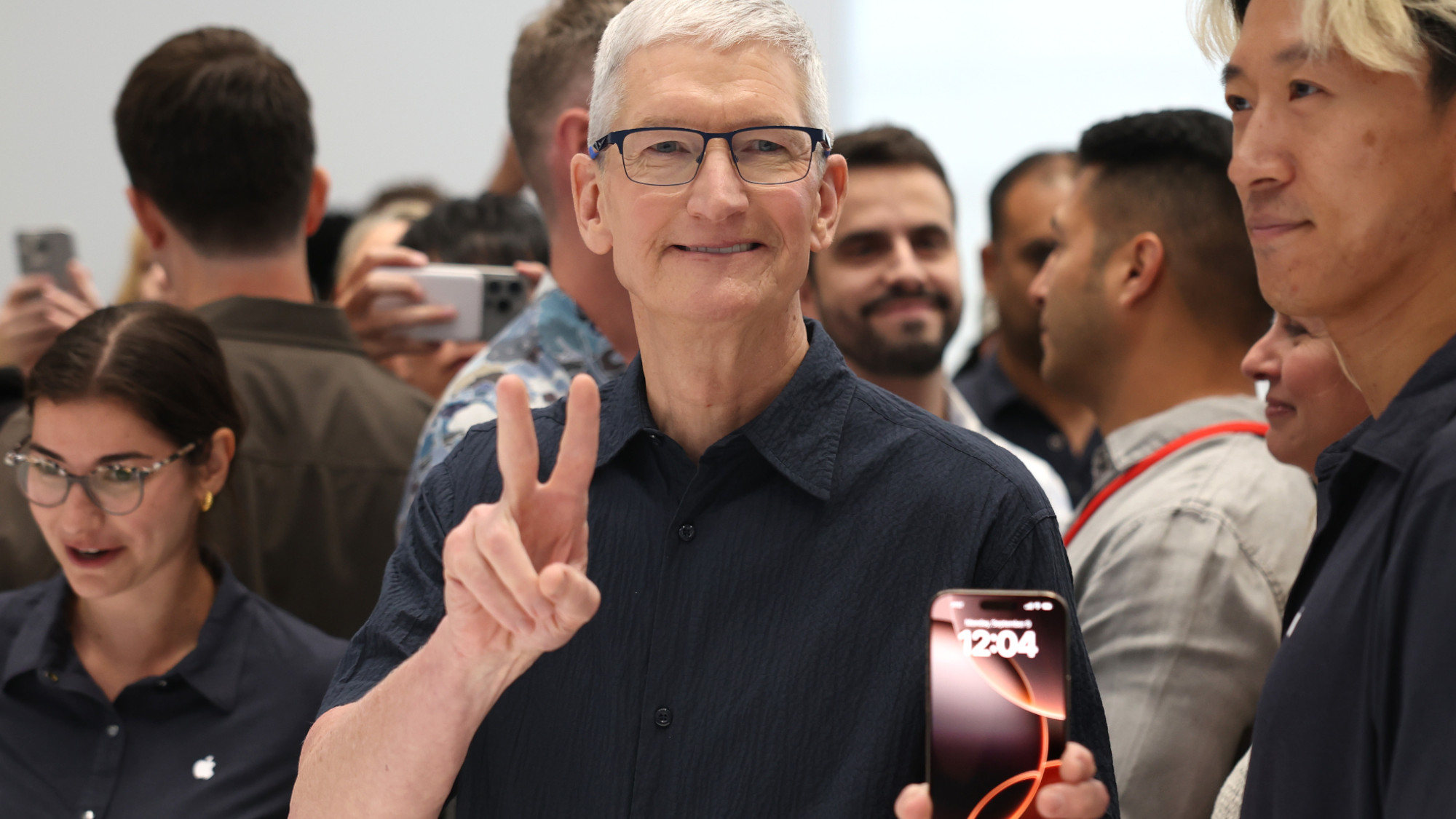 Not there yet: The frustrations of the pocket AI
Not there yet: The frustrations of the pocket AIFeature Apple rushes to roll out its ‘Apple Intelligence’ features but fails to deliver on promises
-
 Space-age living: The race for robot servants
Space-age living: The race for robot servantsFeature Meta and Apple compete to bring humanoid robots to market
-
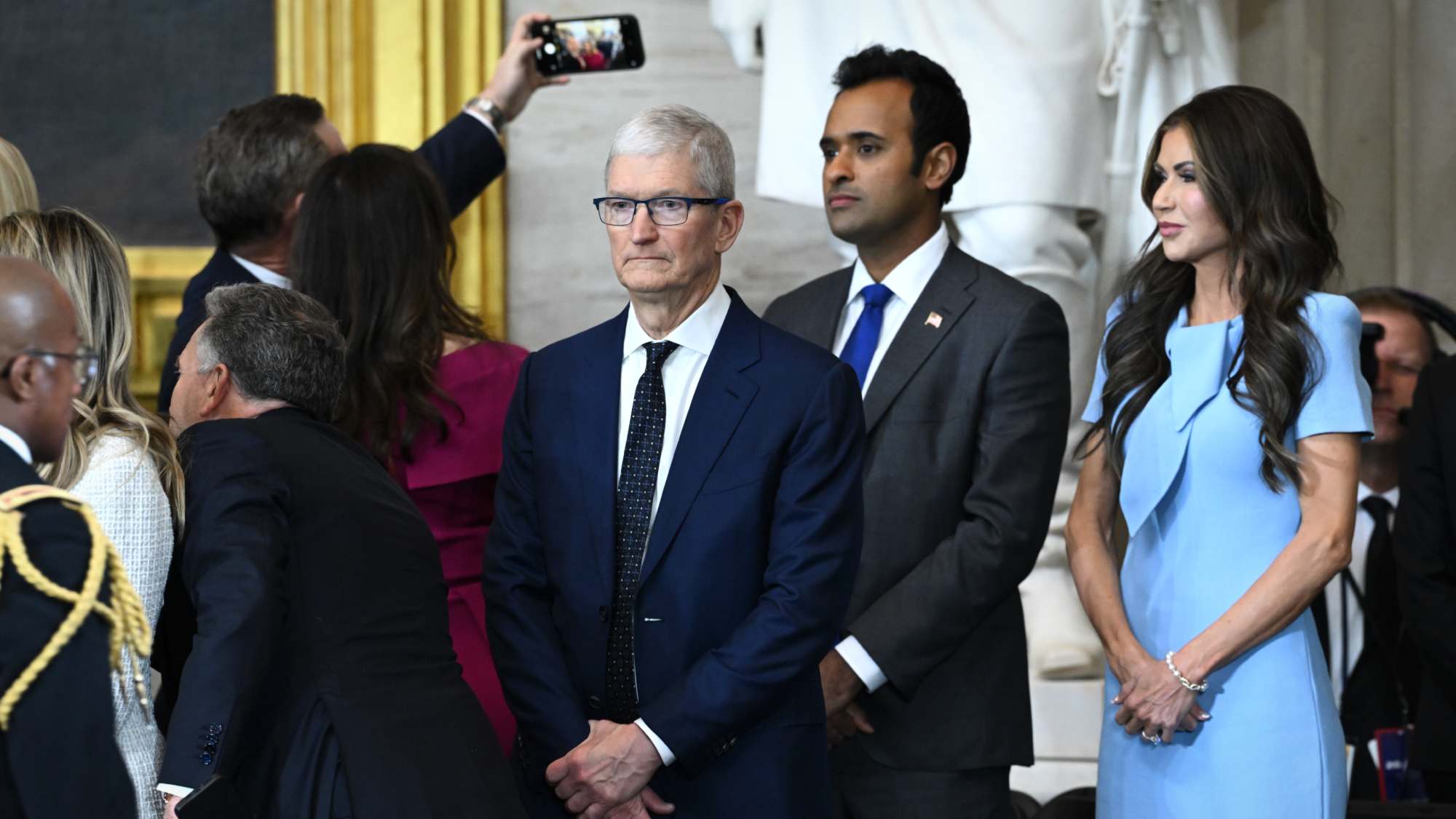 Apple pledges $500B in US spending over 4 years
Apple pledges $500B in US spending over 4 yearsSpeed Read This is a win for Trump, who has pushed to move manufacturing back to the US
-
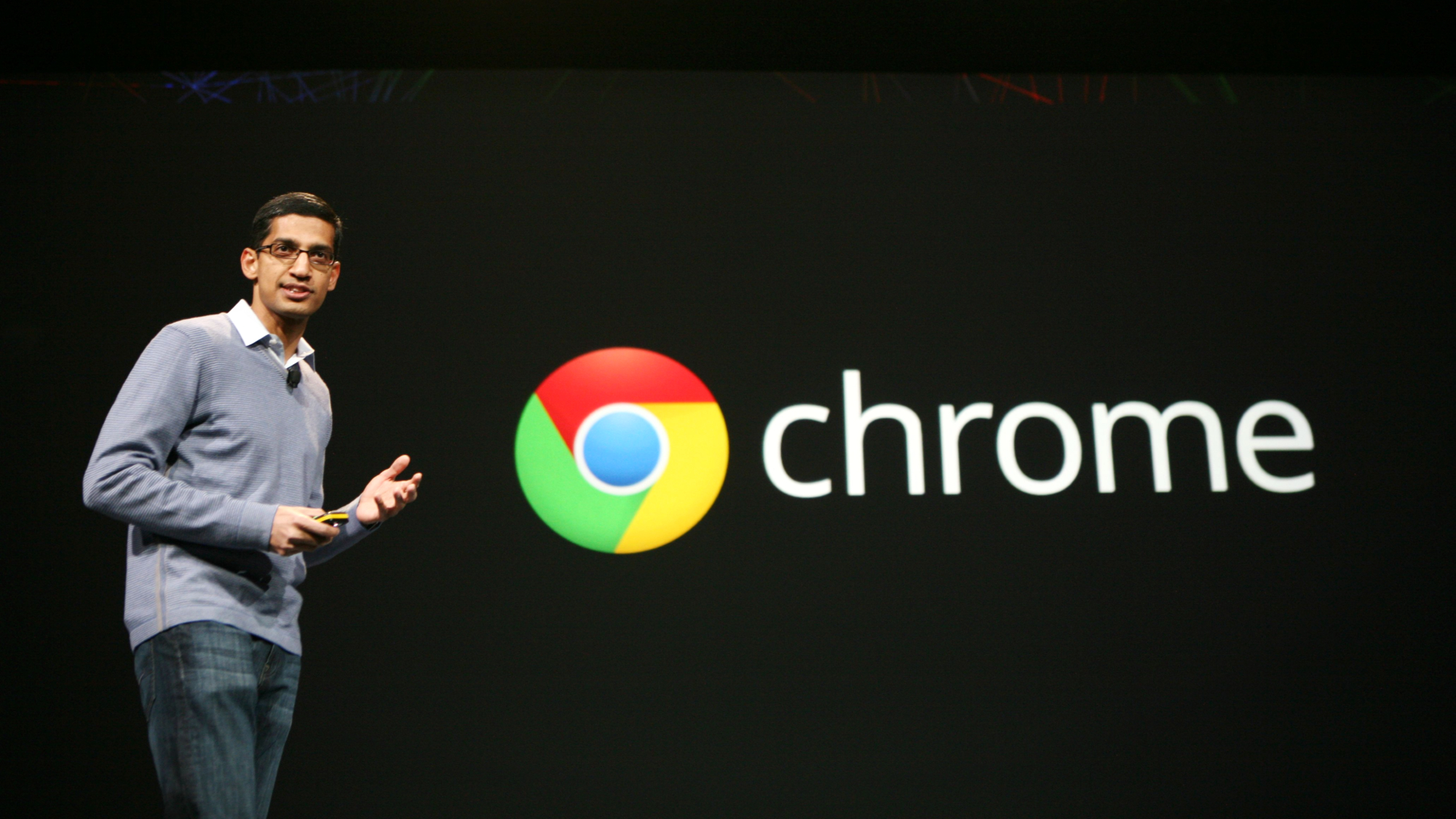 DOJ seeks breakup of Google, Chrome
DOJ seeks breakup of Google, ChromeSpeed Read The Justice Department aims to force Google to sell off Chrome and make other changes to rectify its illegal search monopoly


